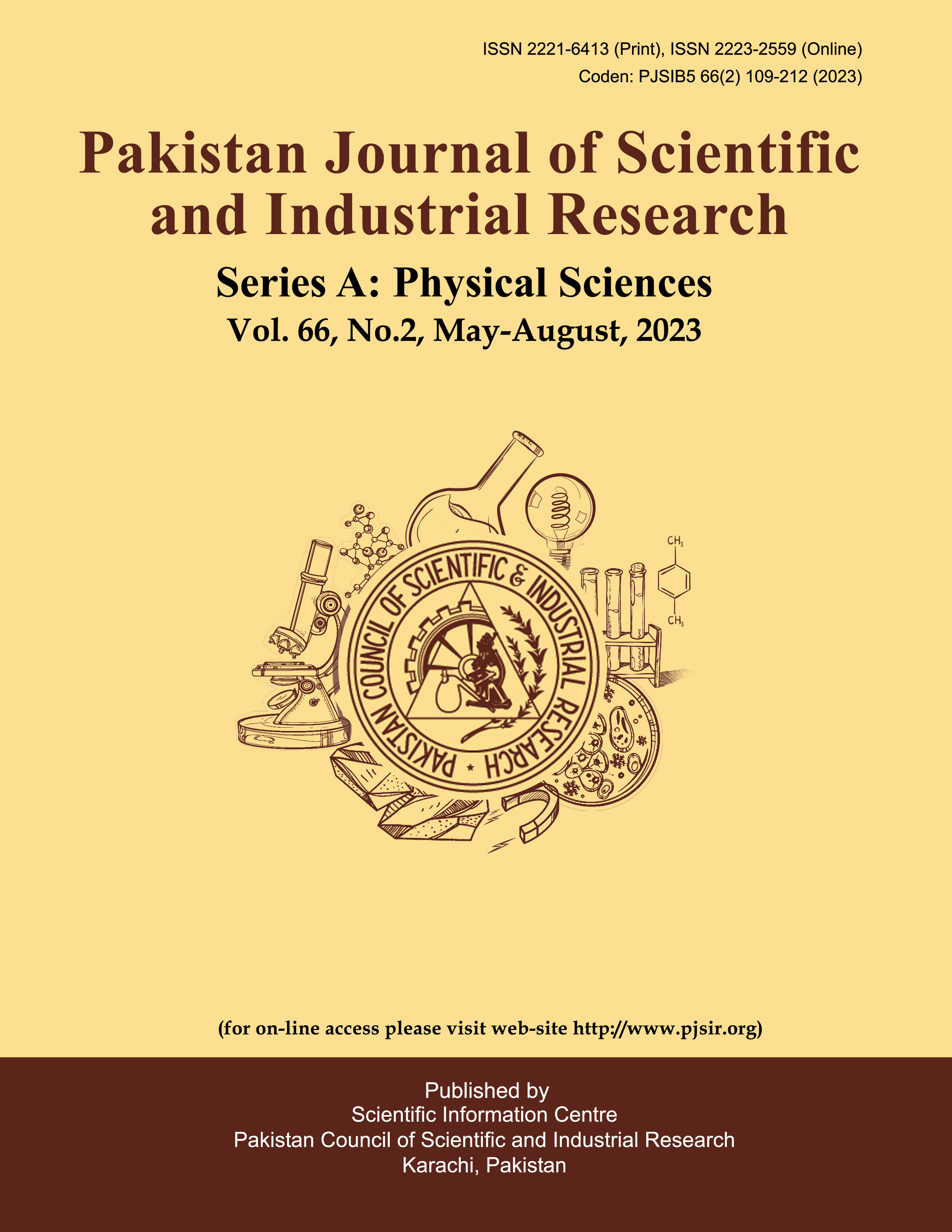First Report on the Biodegradation of Direct Flavine 5-G and Reactive Red S3B Textile Dyes by Piptoporus betulinus
Biodegradation of Dyes by Brown Rot Fungi
Abstract
The current study focuses on the biodegradation of selected synthetic dye by using a brown rot fungus, Piptoporus betulinus. Response Surface Methodology (RSM) under Central Composite Design (CCD) was employed to optimize the biodegradation of two synthetic dyes named direct flavine 5-G (Direct-1) and reactive red S3B (Reactive-1). The biodegradation process was optimized by study of the effect of pH, temperature, time period and dye concentration. Further, carbon and nitrogen sources were added to enhance the biodegradation process. Ligninolytic enzymes including laccase, lignin peroxidase and manganese peroxidase were also studied during biodegradation experiments to check their role in the biodegradation process. The results showed that there was 81.17 % biodegradation of reactive-1 and 75.91% of direct-1 after optimization of parameters i.e. pH, temperature, time period and dye concentration through RSM. The biodegradation of reactive-1 dye was increased up to 97.29 % after the addition of various carbon and nitrogen sources during the biodegradation process, while the biodegradation of direct- 1 dye increased upto 93.03 % after the addition of carbon and nitrogen sources. These readily available nutrients enhance fungal growth and enzyme production that causes more biodegradation. There was positive interaction among most of the parameters studied, for the biodegradation of above two dyes. The ligninolytic enzymes were actively involved in the process with activities 1638.05 IU/mL for LiP, 1443.01 IU/mL for MnP and 258.88 IU/mL for laccase at the optimized conditions. The optimal conditions for biodegradation of both dyes were pH 6, inoculum size 6 mL, incubation period 5 day and dye concentration 0.03 % at temperature 32.5 °C. Lip was the most efficient enzyme involved in the biodegradation process.


